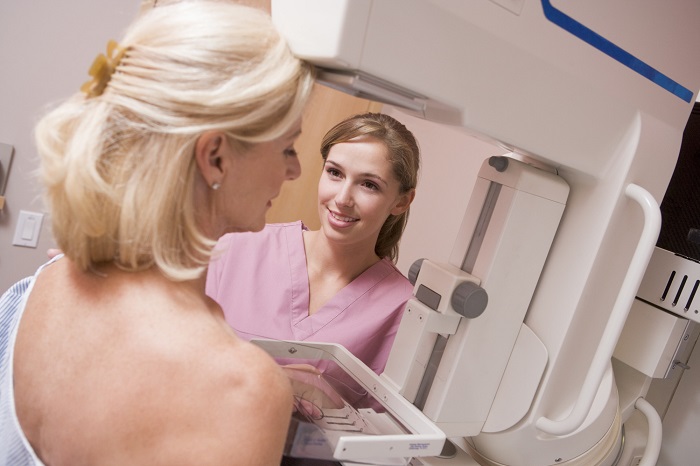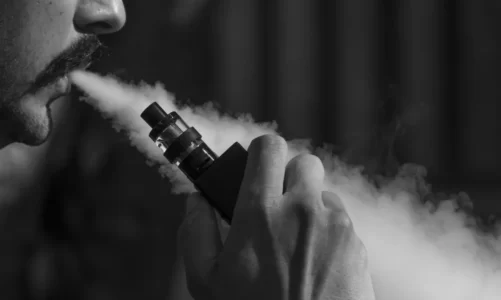Initial mammography training is the procedure of training medical experts such as technologists and radiologists to conduct and interpret mammograms. As a specialized imaging method, mammography uses lower-dose X-rays to create detailed pictures of the breast tissue. It’s essential equipment for diagnosing and detecting breast cancer, particularly in its initial stages when treatment results are typically better. Initial mammography training involves various steps such as:
Getting Relevant Education
Trainers must have a solid foundation in their medical sciences and radiologic technology. They must have completed all the relevant educational programs and thoroughly understood physiology, anatomy, patient care, and radiology principles.
Formal Training Programs
Most healthcare institutions and educational facilities offer formal training courses on mammography. These programs may include hands-on training with the machine, classroom lectures, and supervised clinical practices.
Image Technique And Acquisition
Trainees will learn about various mammographic methods and positionings, like standard 2-view mammograms, extra views for specific results, and specialized views on various breast types. They will learn to adjust exposure settings and other technical issues to guarantee optimal image quality.
Clinical Practices
Typically, trainees work under professional radiologists’ and technologists’ guidance and supervision. They learn proper ways to position patients, manipulate the machine, and get high-quality pictures while ensuring patient safety and comfort.
Image Interpretation
For mammographic radiologists, this entails developing the skills to correctly interpret mammograms and notice abnormalities like masses, distortions, or calcifications. These signs might indicate the presence of cancerous cells or other breast ailments. This skill requires a deep understanding of breast anatomy, different breast conditions, and pathology.
Quality Control
Trainees will learn about the quality control process to ensure that the mammography machine Is functioning correctly and producing accurate pictures. This includes frequent maintenance, adherence to quality standards, and calibration.
Continuing Education
The mammography field is ever-changing with technological improvements and advanced practice changes. For this reason, medical experts must participate in continuous education and remain updated on the newest improvements through ongoing training and education.
Certifications
In most countries, licensure or certification is needed to practice mammography. This involves passing a test after completing the necessary training and clinical experience. A certification showcases that the person has met the necessary competency standards in conducting and interpreting mammogram results.
It’s vital to note that mammography training is unique to each country’s regulatory prerequisites and healthcare units. Various countries may have slightly different training programs and certification procedures. Furthermore, training might be personalized depending on the expert’s medical background and their role in the process.




